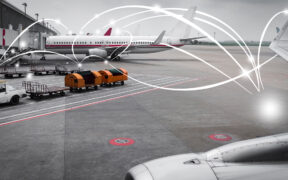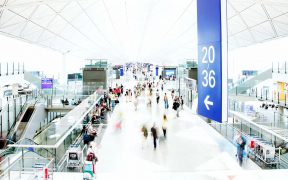Tag: Transportation

Explore the transformative role of private networks in aviation. From baggage tracking to passenger services, airports demand reliable wireless connectivity to support complex operations. Learn how strategic network design addresses challenges like RF coverage, technology interoperability, and scalability. Discover how iBwave's powerful tools enable efficient and future-ready network planning for aviation.

By Vladan Jevremovic, PhD – Research Director at iBwave With the emergence of 4G wireless technology, today’s consumers have come to expect fast and pervasive internet access while on the go, in the same way that they would experience it at home or at the office. Wireless carriers increasingly understand how the user’s experience is affected […]

